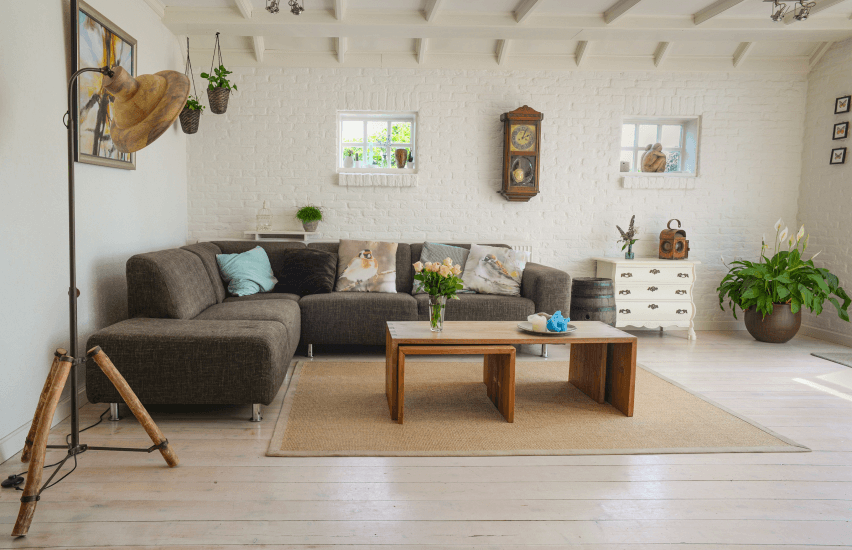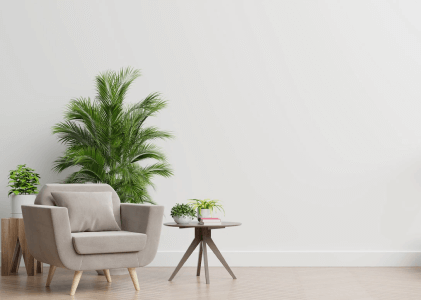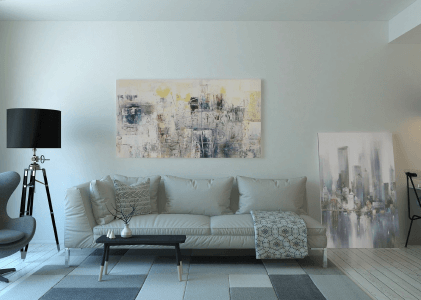Newsletter Signup
Get notified about updates and be the first to get early access to new episodes.

terior design is the art and science of enhancing the interior of a building to achieve a healthier and more aesthetically pleasing environment for the people using the space. An interior designer is someone who plans, researches, coordinates, and manages such enhancement projects. Interior design is a multifaceted profession that includes conceptual development, space planning, site inspections, programming, research, communicating with the stakeholders of a project, construction management, and execution of the design.
In the past, interiors were put together instinctively as a part of the process of building.[1]
The profession of interior design has been a consequence of the development of society and the complex architecture that has resulted from the development of industrial processes.
The pursuit of effective use of space, user well-being and functional design has contributed to the development of the contemporary interior design profession. The profession of interior design is separate and distinct from the role of interior decorator, a term commonly used in the US; the term is less common in the UK, where the profession of interior design is still unregulated and therefore, strictly speaking, not yet officially a profession.


Architecture began as rural, oral vernacular architecture that developed from trial and error to successful replication. Ancient urban architecture was preoccupied with building religious structures and buildings symbolizing the political power of rulers until Greek and Roman architecture shifted focus to civic virtues. Indian and Chinese architecture influenced forms all over Asia and Buddhist architecture in particular took diverse local flavors. In fact, During the European Middle Ages, pan-European styles of Romanesque and Gothic cathedrals and abbeys emerged while the Renaissance favored Classical forms implemented by architects known by name. Later, the roles of architects and engineers became separated.
appropriate for a new post-war social and economic order focused on meeting the needs of the middle and working classes. Emphasis was put on modern techniques, materials, and simplified geometric forms, paving the way for high-rise superstructures. Many architects became disillusioned with modernism which they perceived as ahistorical and anti-aesthetic, and postmodern and contemporary architecture developed.
Over the years, the field of architectural construction has branched out to include everything from ship design to interior decorating.
According to Vitruvius, the architect should strive to fulfill each of these three attributes as well as possible. Leon Battista Alberti, who elaborates on the ideas of Vitruvius in his treatise, De re aedificatoria, saw beauty primarily as a matter of proportion, although ornament also played a part. For Alberti, the rules of proportion were those that governed the idealized human figure, the Golden mean. The most important aspect of beauty was, therefore, an inherent part of an object, rather than something applied superficially, and was based on universal, recognizable truths. The notion of style in the arts was not developed until the 16th century, with the writing of Giorgio Vasari.[13] By the 18th century, his Lives of the Most Excellent Painters, Sculptors, and Architects had been translated into Italian, French, Spanish, and English.